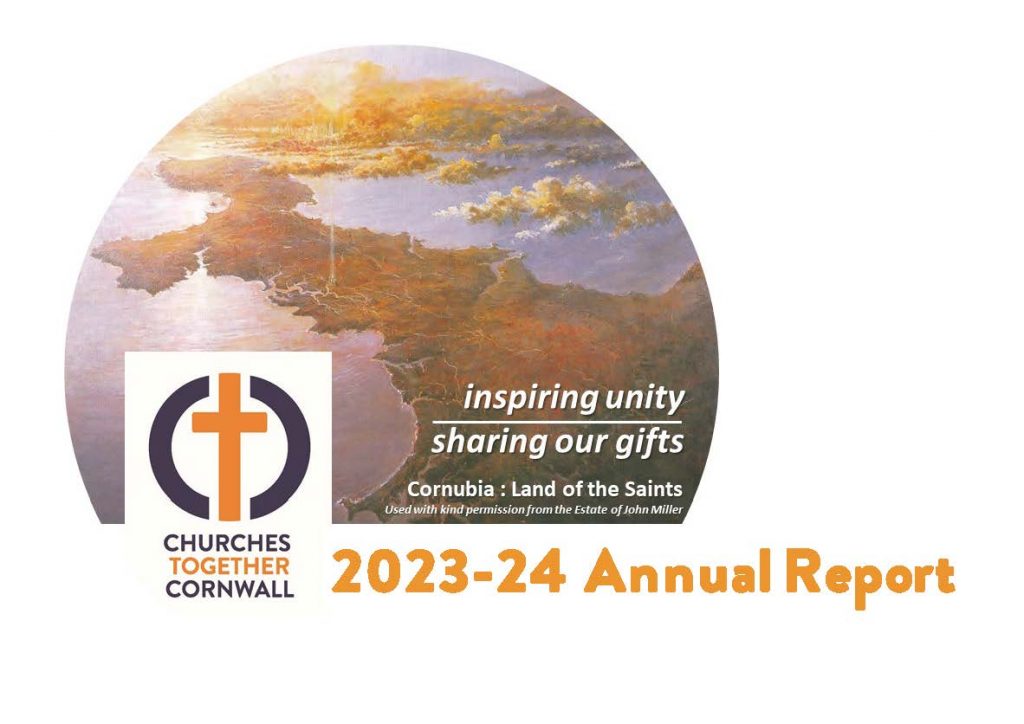The Church of England has published guidance for parishes and cathedrals addressing concerns over memorials with links to slavery and other contested heritage.
The new guidance enables churches and cathedrals to consider the history of their buildings and congregations, and to engage with everyone in their community to understand how physical artefacts may impact their mission and worship. It offers a framework to approach such questions locally and, where necessary, to engage with the relevant bodies who oversee changes to cathedral and church buildings.
In June 2020, the Church of England announced a consultation on approaches to contested heritage following a series of cases around the country. The work forms part of ‘Open and Sustainable Churches’, a long-running programme seeking to identify issues affecting the ability of churches and cathedrals to provide worship and welcome, offering support and resources to tackle these.
The guidance published today has been informed by a wide-ranging consultation which has included every Church of England diocese and cathedral, as well as heritage bodies, specialists in church monuments, and those with an interest and specialism in UKME representation in the Church of England.
It notes that while churches and cathedrals are, above all, places dedicated to the worship of God, for a range of reasons, members of communities may not always feel welcome in these buildings. One such reason could be the presence of objects commemorating people responsible for the oppression and marginalisation of others.
The guidance specifically addresses the issue of heritage associated with racism and the slave trade – including plaques, statues, inscriptions and other monuments, but hopes that by doing so it will establish a methodology which can be used for other forms of contested heritage.
The guidance does not prescribe solutions, but presents a range of options and considerations, together with suggested models for local consultation and discussion. It encourages balanced, inclusive decision-making.
It also states that while ‘no change’ may be the outcome of such a consultation, this is not the same as ‘no action’ and encourages research, consultation and reflection where concerns are raised, to assess how much objects may impact on missional, pastoral and liturgical activities.
We want our churches and cathedrals to be places of welcome and solace for all. Our guidance helps you to assess how, and to what extent, objects that may be symbols of injustice or sources of pain may impact on your ability to undertake activities in your church or cathedral. It helps you to work through different options that are available to address the contested nature of your heritage.
This is not about judging people in the past by the standards of the present, but about how items of contested heritage, and wider issues of under-representation, affect our ability to be a Church for all in the 21st century, and how you can help to redress imbalances.
Download Our Guidance
There are two versions of our guidance.
The short guidance provides an introduction to the issues raised by items of contested heritage in our cathedrals and church buildings, and approaches to addressing these issues.
The long guidance contains a more thorough discussion of these issues and considers the possible options for change in more detail. It should be consulted by any church or cathedral considering taking action to address one or more items of contested heritage in their building.





